A Beginner’s Guide to Web3 Credit Card Security: What You Need to Know
September 23, 2024
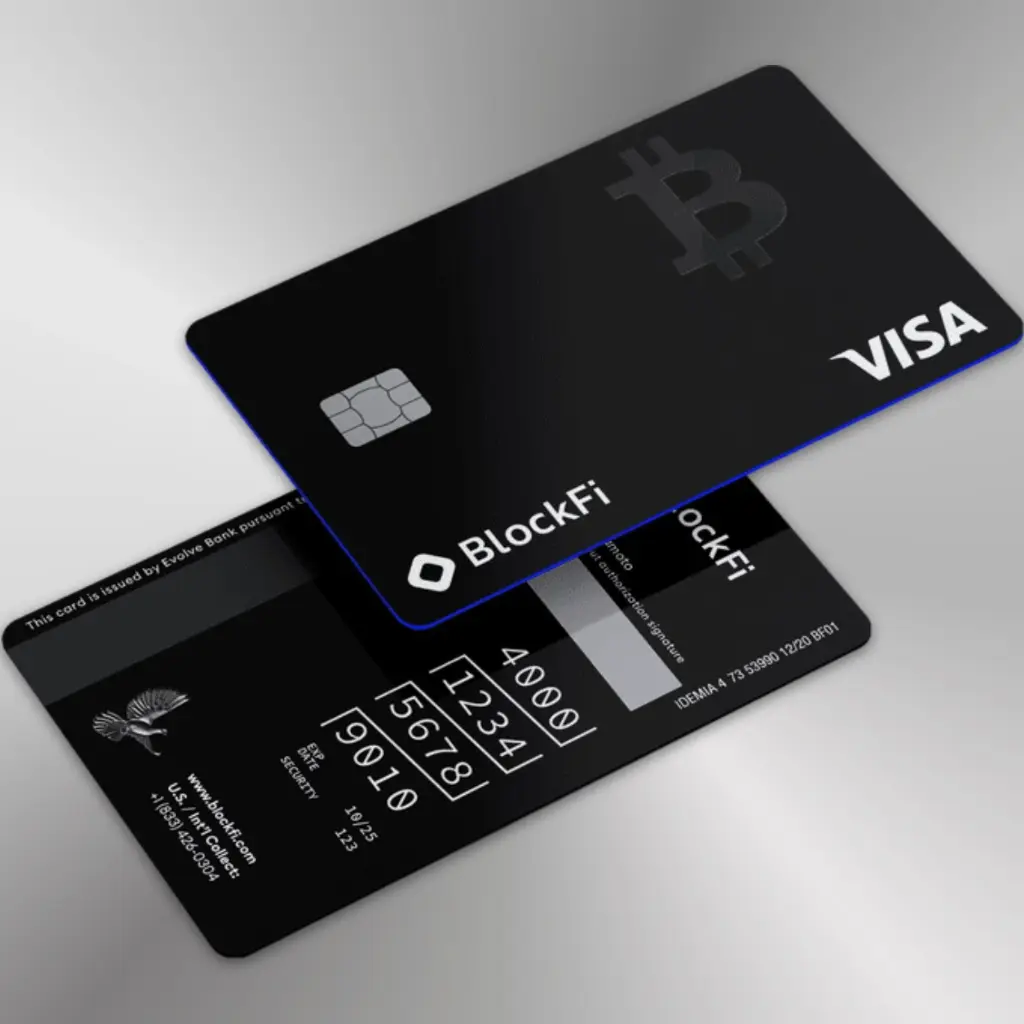
What Is a Web3 Credit Card—and Should You Trust It?
Web3 credit cards sound like something out of a sci-fi movie—spending crypto straight from your wallet, no middlemen, no banks. But before you get too excited, let’s talk about the big question on everyone’s mind: Web3 card security. Is it really safe to link your digital assets to a card you can use at the grocery store? Or are you just asking for trouble?
If you’re new to crypto or just exploring the Web3 space, it’s important to understand how these cards work—and what kind of risks they bring. Let’s break it down in plain English.
First Things First: What Is a Web3 Credit Card?
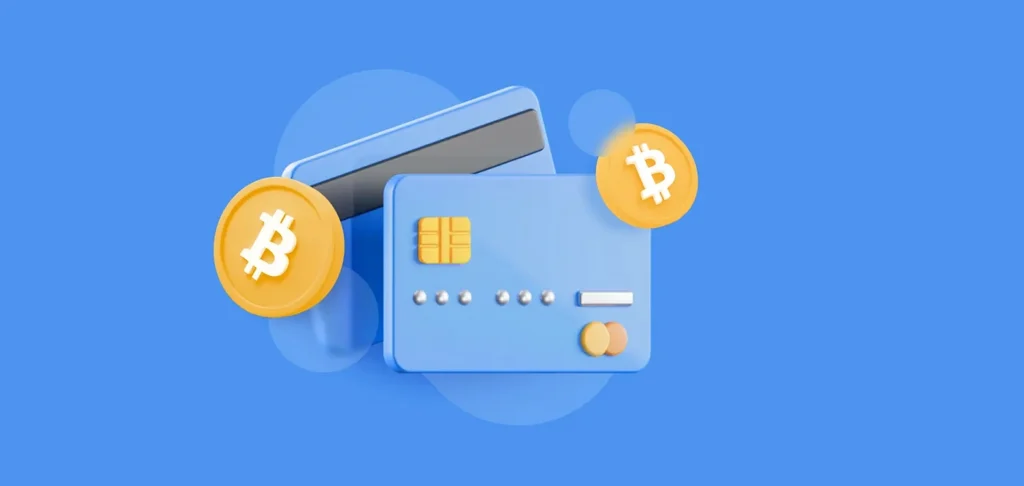
Let’s start simple.
A Web3 credit card is a card (physical or digital) that’s connected to your crypto wallet, letting you spend tokens like ETH, USDC, or BTC at stores—online or in person.
There are two main types:
- Prepaid crypto cards: You load crypto onto the card like a gift card and spend it.
- Credit-based crypto cards: Some platforms offer real lines of credit, using your blockchain history or crypto collateral to decide how much you can borrow.
Some of the most well-known providers include Nexo, Monolith, and Coinbase Card. They might look like normal cards, but they run on blockchain technology behind the scenes.
How Web3 Cards Handle Security (and Where It Gets Risky)
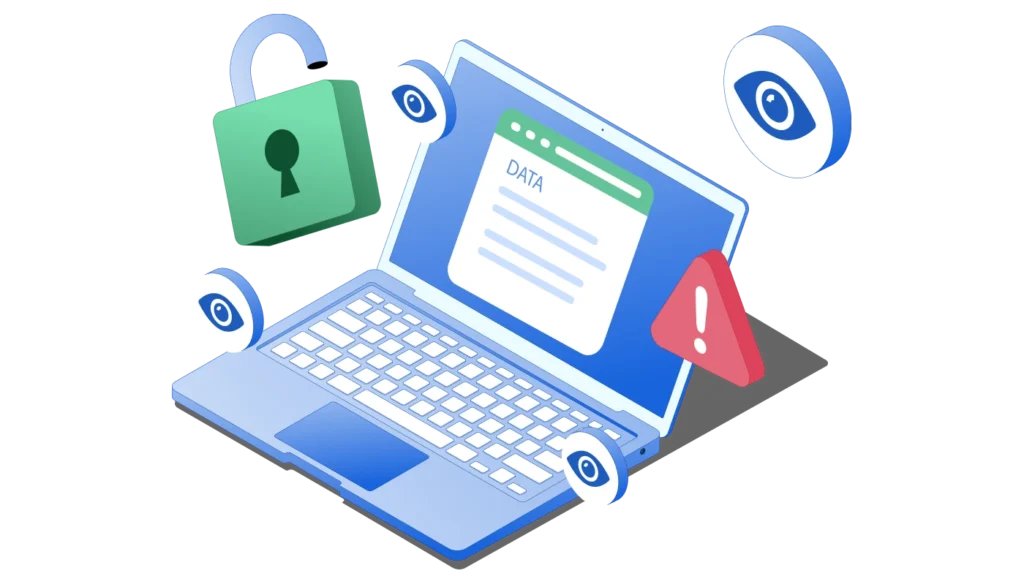
Okay, now let’s talk about the part that matters most—how safe is all this?
1. You Hold the Keys (Literally)
In Web3, you control your crypto through something called a private key. This is basically your password to access and spend your funds.
With traditional credit cards, if something goes wrong, you can usually call the bank. With Web3? There is no safety net. Lose your private key or get hacked? Your money could be gone for good.
Cards that connect to hot wallets (wallets connected to the internet) are especially vulnerable to:
- Phishing scams
- Fake apps (called dApps)
- Malware
For more security, you can use a hardware wallet (cold storage), but it’s not as convenient when you’re trying to buy coffee at the counter.
Bottom line: You’re in full control, but also fully responsible.
2. Decentralized Cards Aren’t Always Fully Decentralized
Even though the term “Web3” makes you think everything is decentralized, many crypto cards are still offered by centralized companies.
That means:
- They may hold your funds or data
- They often require identity verification (KYC)
- If the company fails (like FTX did), your card could stop working or your money could get stuck
So while the tech is decentralized, the companies behind it might not be. That’s an important distinction.
Are There Any Benefits to Using a Web3 Card?
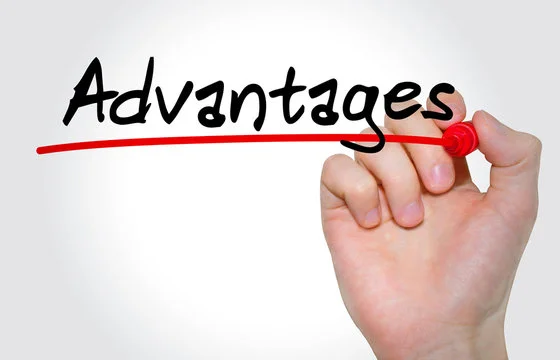
Yes—there are actually some cool features that make Web3 cards appealing.
1. Smart Security Settings
Some cards use smart contracts, which are self-executing bits of code on the blockchain. They can do things like:
- Set spending limits
- Approve transactions only from certain wallets
- Add extra security layers automatically
That kind of customization is hard to get from traditional banks.
2. Privacy and Control
Because you’re using your own wallet, there’s less chance of a third-party data breach. And if privacy matters to you, crypto cards might offer more anonymity—though many still require ID to sign up.
Also, while crypto theft is serious, transactions on the blockchain are public and traceable. That can help with investigations, assuming authorities are involved.
Is Web3 Card Security Ready for Everyday Users?
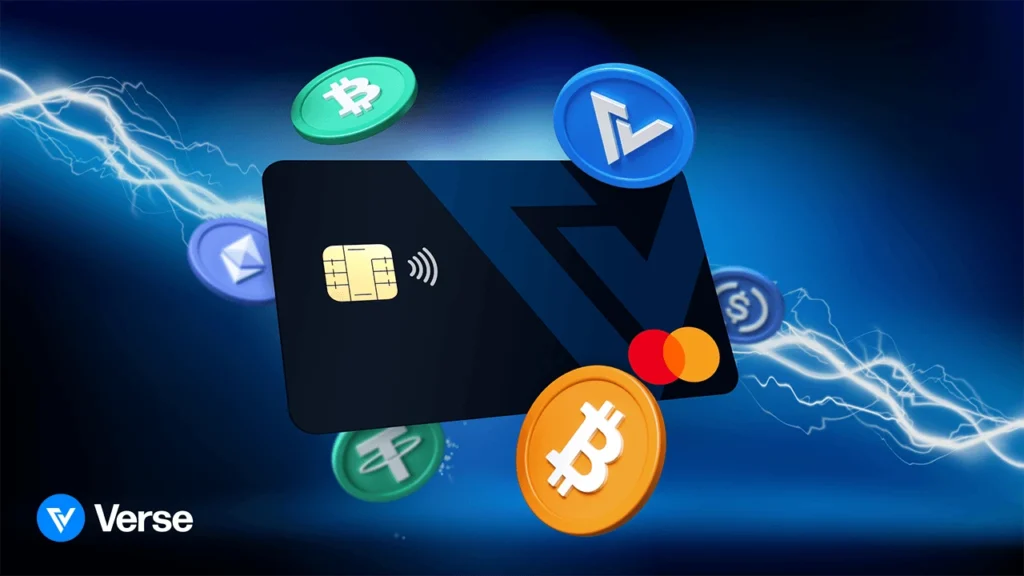
Here’s the honest answer: not quite yet.
Web3 card security is still evolving. If you’re comfortable managing a crypto wallet, know how to protect your keys, and understand how decentralized finance works, then you might be okay.
But if you’re just starting out and want something reliable for daily use—like buying groceries or building credit—it might be too risky right now. The learning curve is steep, and the stakes are high.
What Should You Do If You’re New to Web3?

If you’re curious about using a Web3 card, here are some tips:
- Start with a prepaid version so you don’t risk too much
- Keep most of your crypto in cold storage, not connected to the card
- Use a backup traditional card for essentials
- Don’t ignore phishing risks—double-check every app or link before clicking
Final Thoughts: Learn First, Swipe Later
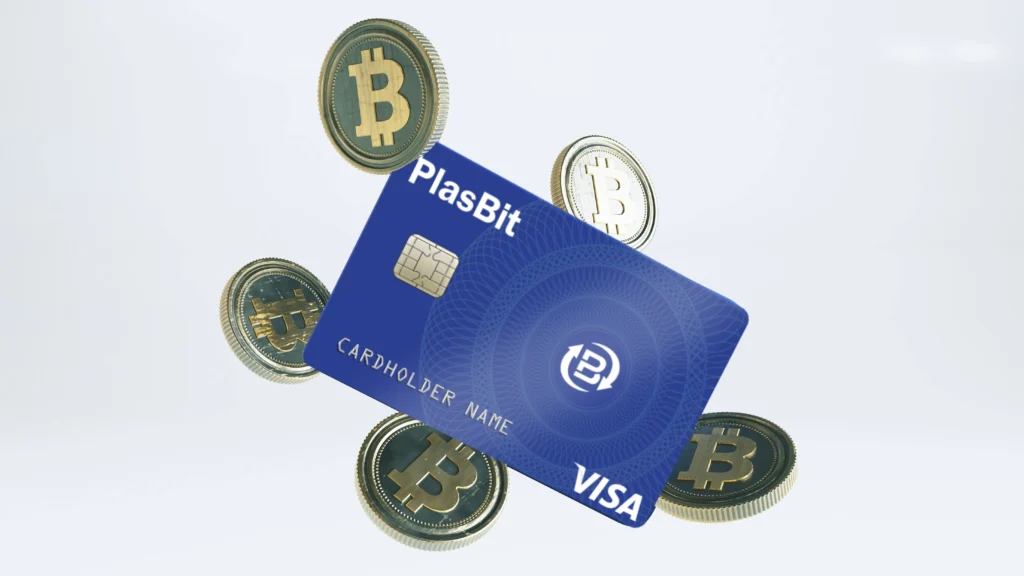
Web3 cards are exciting, no doubt. They give you more control, flexibility, and access to a new financial world. But they also come with new responsibilities—and risks that beginners should take seriously.
So if you’re thinking about trying one, do your homework. Learn how wallets work. Get comfortable with basic security. And don’t be afraid to ask questions or take it slow.
Because in the world of Web3, the best protection isn’t the card—it’s you.
Relevent news: Here

